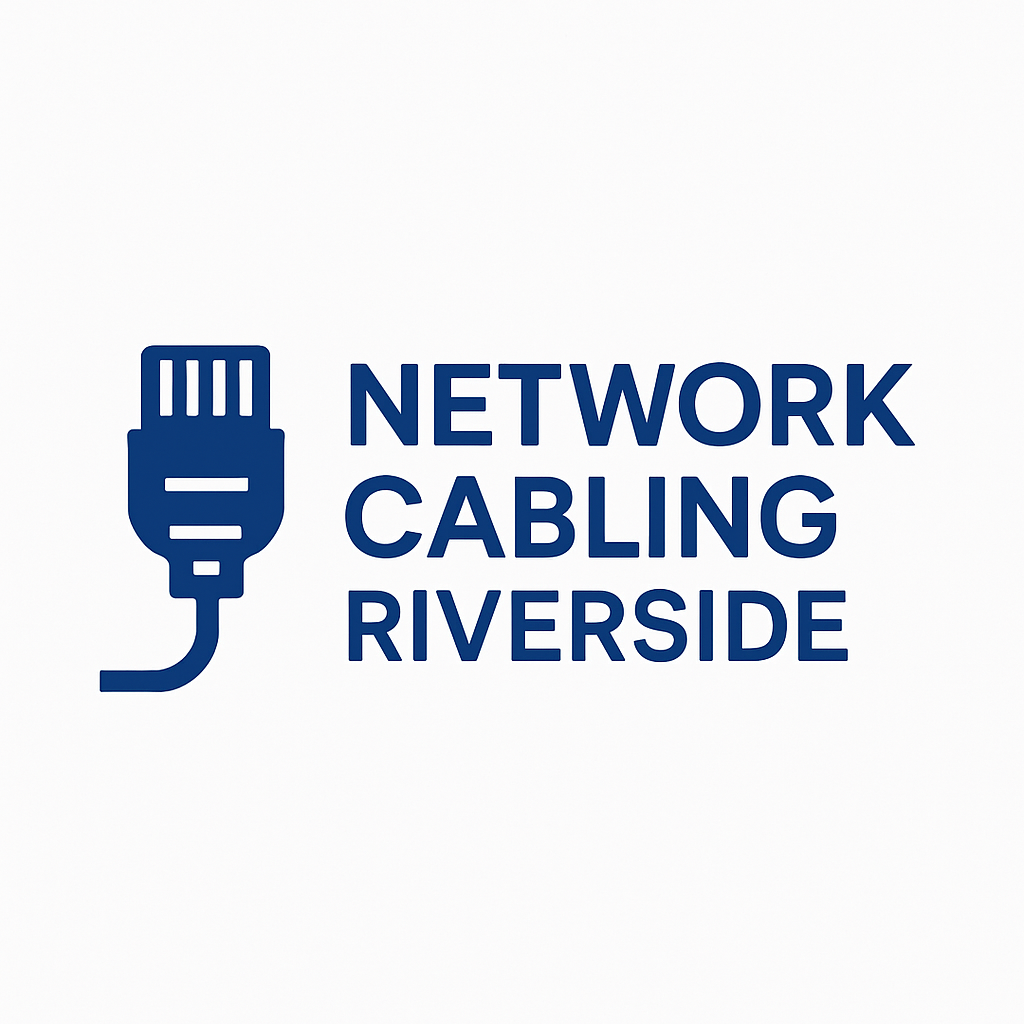Benefits of Structured Cabling Systems in Riverside CA – What Local Businesses Should Know
In Riverside, California, businesses depend on fast and reliable network connections to stay competitive. Whether operating an office, retail space, warehouse, or campus, a dependable cabling system is the foundation of efficient communication and data flow. A structured cabling system offers a unified, organized, and scalable solution that supports the growing technology demands of modern organizations. This article explores the major benefits of structured cabling systems and why they are essential for businesses in Riverside.
What Is a Structured Cabling System?
A structured cabling system is a standardized approach to designing and installing a building’s telecommunications infrastructure. It organizes cables, patch panels, and network hardware into a cohesive system that supports multiple hardware uses and ensures consistent performance.
Unlike traditional point-to-point cabling, structured cabling uses organized subsystems for better management, including backbone cabling, horizontal cabling, telecommunications rooms, and work-area components. This results in cleaner installations, easier maintenance, and greater flexibility for upgrades or changes.
Key Benefits for Riverside Businesses
1. Improved Network Performance and Reliability
Structured cabling reduces downtime and data transmission errors by eliminating tangled, unorganized wiring. Every connection follows a plan, ensuring higher-quality signals and fewer interruptions. For businesses in Riverside that rely on cloud applications, video conferencing, or VoIP systems, this reliability is critical for smooth operations.
2. Scalability and Flexibility
As businesses grow, their network needs change. Structured cabling allows companies to easily add new devices, departments, or entire office areas without major rewiring. This flexibility is ideal for the fast-growing business community in Riverside, where expansion and technology adoption are common.
3. Cost Savings Over Time
While the initial setup may cost more than basic cabling, the long-term savings are significant. Because structured cabling is organized and standardized, maintenance is simpler, troubleshooting is faster, and the need for costly repairs or replacements is reduced. Over time, this leads to lower operational costs and less downtime.
4. Easier Maintenance and Troubleshooting
Structured cabling systems include detailed documentation and labeling, making it easier to identify and resolve issues quickly. When a problem occurs, technicians can trace the issue immediately rather than dealing with a disorganized mess of cables. This minimizes downtime and keeps the business running efficiently.
5. Future-Proof Infrastructure
Technology evolves rapidly, and Riverside businesses are embracing advanced systems such as fiber optics, cloud computing, and IoT devices. Structured cabling supports higher bandwidths and new technologies without needing a complete overhaul. It ensures your infrastructure is ready for future upgrades.
6. Enhanced Aesthetics and Safety
A structured cabling system eliminates cluttered, exposed wires that can look unprofessional or pose safety risks. Organized cabling improves the appearance of workspaces and reduces tripping hazards, making the environment safer for employees and visitors.
Why Structured Cabling Matters in Riverside, CA
Riverside’s growing commercial landscape includes offices, logistics facilities, educational institutions, and healthcare centers. All these sectors require reliable and high-performance network systems. Structured cabling provides the flexibility to support diverse operations, whether connecting office computers, security cameras, or automation systems.
With the city’s expanding business sector and focus on technology-driven development, structured cabling helps local organizations stay efficient, adaptable, and prepared for the future.
Best Practices When Planning for Structured Cabling
To get the best results, Riverside businesses should consider the following practices when implementing structured cabling:
- Hire certified professionals: Work with qualified installers who follow recognized industry standards.
- Use high-quality components: Invest in durable cables, connectors, and patch panels to ensure long-term reliability.
- Document the system: Keep detailed records of cable routes, labeling, and test results for future reference.
- Plan for future growth: Design with extra capacity to support future expansion and new technologies.
- Test and certify the installation: Ensure every connection meets performance and safety requirements.
- Schedule regular maintenance: Conduct periodic inspections to prevent potential failures and maintain peak performance.
Conclusion
For businesses in Riverside, California, structured cabling is a smart investment that enhances network performance, scalability, and reliability. It reduces maintenance costs, minimizes downtime, and ensures the infrastructure is ready for future technology needs. In an increasingly connected world, structured cabling serves as the solid backbone of modern communication systems.
By adopting this organized and future-proof approach, Riverside businesses can enjoy seamless operations, faster connectivity, and a strong foundation for long-term growth.
